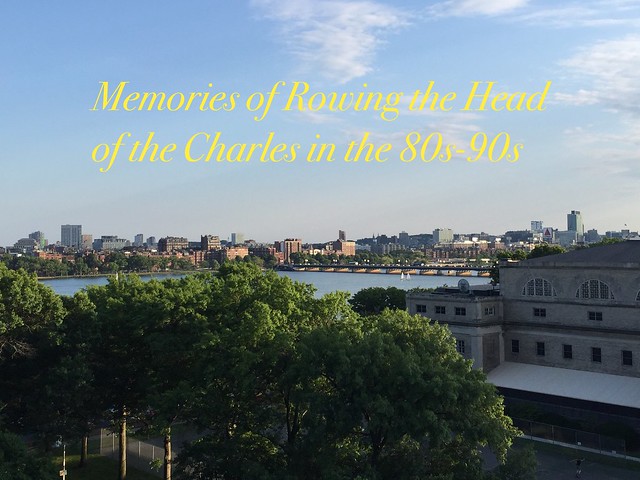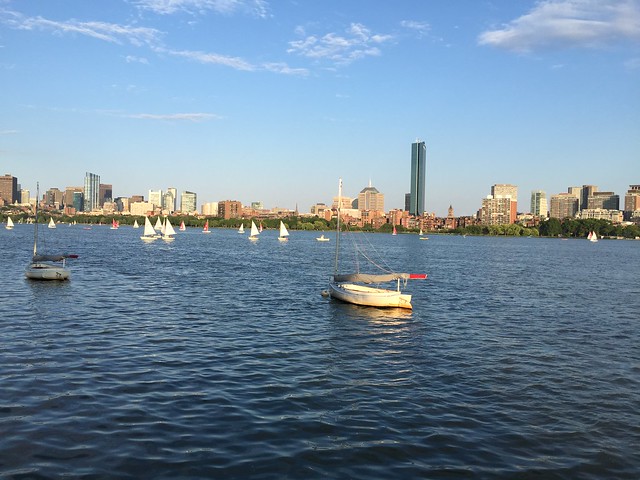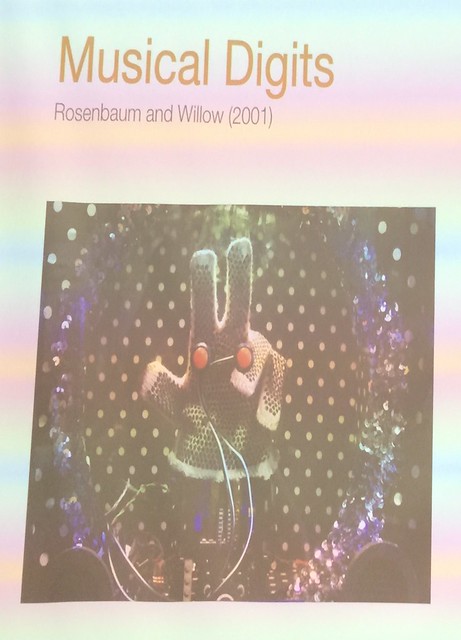As part of the Constructing Modern Knowledge Summer Institute, we ventured from Manchester, NH to the city of Boston.
Eric Rosenbaum – Explorations in Musical Tinkering
At the MIT Media Lab, Eric Rosenbaum shared his passion for creating music. He not only enjoys this in his personal life, but he has incorporated it into his programming work in as playful a way as possible.
According to emeshing.com, in 2001 he and Diane Willow exhibited Music Digits that mirrored the movements of users and provided accompanying sounds.
More recently, he helped to create an app called Singing Fingers that allows users to sample their own voice or recorded sounds by finger painting. Kids can easily record, play back and remix sounds – skills that not so long ago could only be done by sound engineers in a recording studio.
By way of example, to demonstrate some work in Scratch he shared Jinho’s Story about a teenager who worked online with other “Scratchers” to create a collaborative music video in response to a mass shooting at a Florida nightclub.
Without his interest in music and tinkering with how music could be incorporated into his other programming work, none of these would have existed.
His enthusiasm and playful approach to incorporating music were not only infectious but inspirational. He clearly wondered often about how sound could be easily used by others as a tool for creation and used his programming skills to make this a possibility.
Gary Stager – Aesthetics, Beauty and Whimsy
In one of his closing presentations, Gary mentioned how “feathers give us courage”. Adding whimsy to learning about math, science, engineering, design, etc. makes it more relatable and allows people to get past the “scary” parts.
The notion of having a low floor, high ceiling and wide walls described by Mitchel Resnick is important in edtech and embedded in all that Eric has developed:
Low floors = easy for novices to get started
High ceiling = ability to work on increasingly complex projects
Wide walls = supports a variety of pathways to achieve a user-generated goal




Hi Lara,
Thanks for sharing your insights and experiences from this conference! It sounded like a great opportunity to reimagine what immersive, hands-on learning can look like, sound like and feel like. It really makes me wonder about how enriching it is to have days dedicated to learning in this way and how our current timetables and calendars might be adapted to support such learning experiences.
Thanks,
garth.
That was a big topic of conversation… At CMK we had the equivalent of 3 full days to create something. This is such a challenge in schools… It is also the thing I am most looking forward to in this coming school year where I will be working with classes in a project-based way rather than being on the timetable. We have identified 3 design challenges per grade and I will come in and work on those in a way that is best for students and may not work with those students again until it is time for the unit with the next “project”. We will also spread some device management, digital citizenship and research sessions throughout the year. It is going to require a lot of record-keeping but I can’t wait! I think this will allow for more natural flow and also make my schedule for flexible for others (i.e. I won’t be busy every Day 3 at 2:00 all year so they can book me for other help). I am also toying with the idea of a full day of design/ making for everyone…